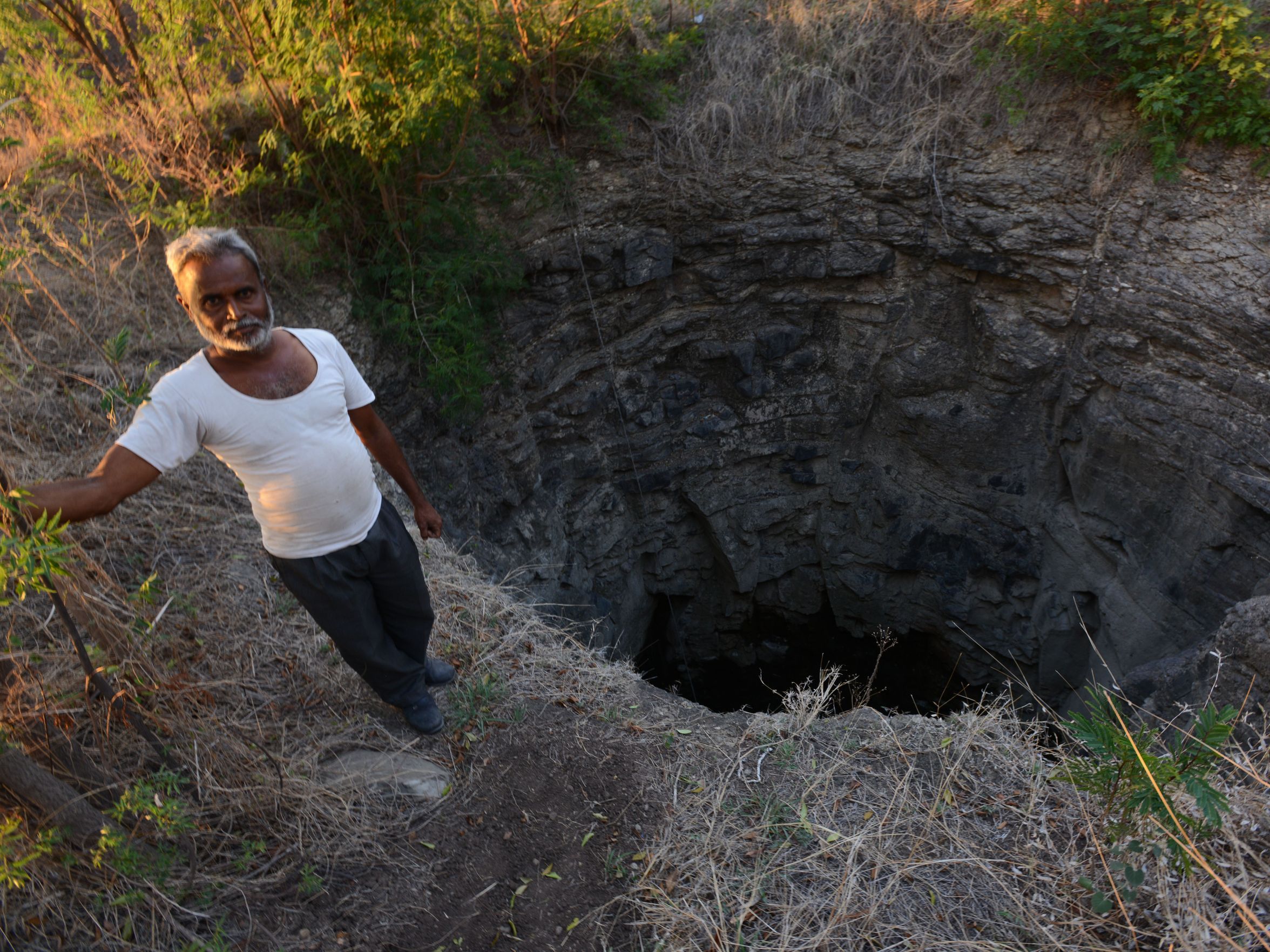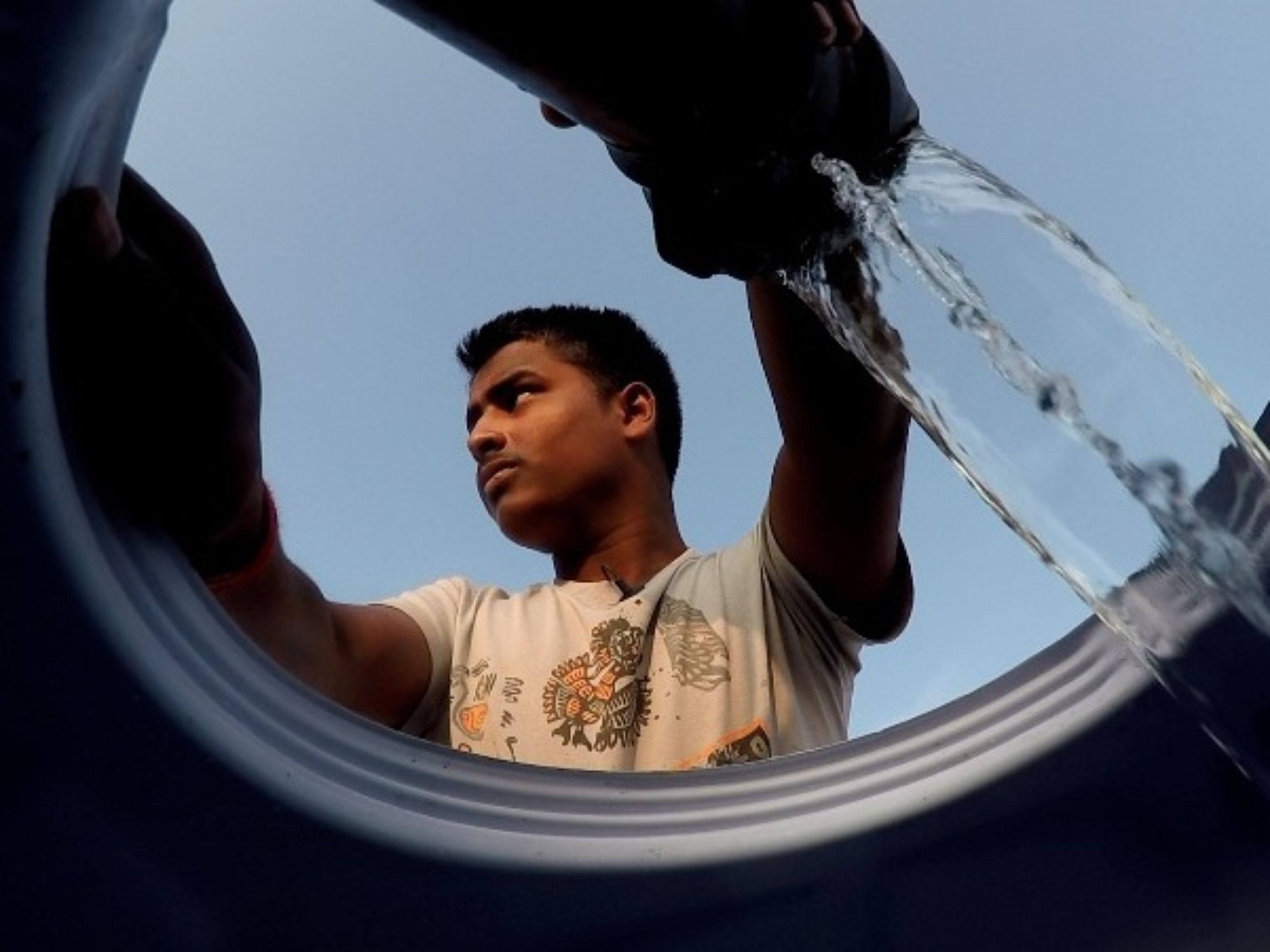DAPEGAON, India – At dawn, as bells ring out from Hindu shrines, the people of this village get in line for water.
Wells have been going dry across the countryside, and the village’s one remaining well yields just enough to run the communal taps for an hour or two a day. In front of the spigots, people leave their empty water jugs and buckets arranged in rows, and they crowd around to collect what they can while the taps are running. The water could stop flowing at any time.
For farmers here, finding sources of water underground is becoming exceedingly difficult. They’ve been drilling wells deep beneath the tilled soil into the volcanic rock – 700 feet, 800 feet, even 900 feet down. The few who strike water usually plant sugarcane, a thirsty crop that fetches fixed prices subsidized by the government. Lately, though, many farmers drill wells and find nothing at all.
“There’s no water, so there’s no harvest, so there’s no income,” said Adinath Suryawanshi, a farmer whose family has gone into debt drilling wells that turned out to be dry. “I think there’s really no way out. All I can do is cope. And I think that’s the fate of every farmer.”
Read the full story and view the full interactive presentation with photos and video here.





